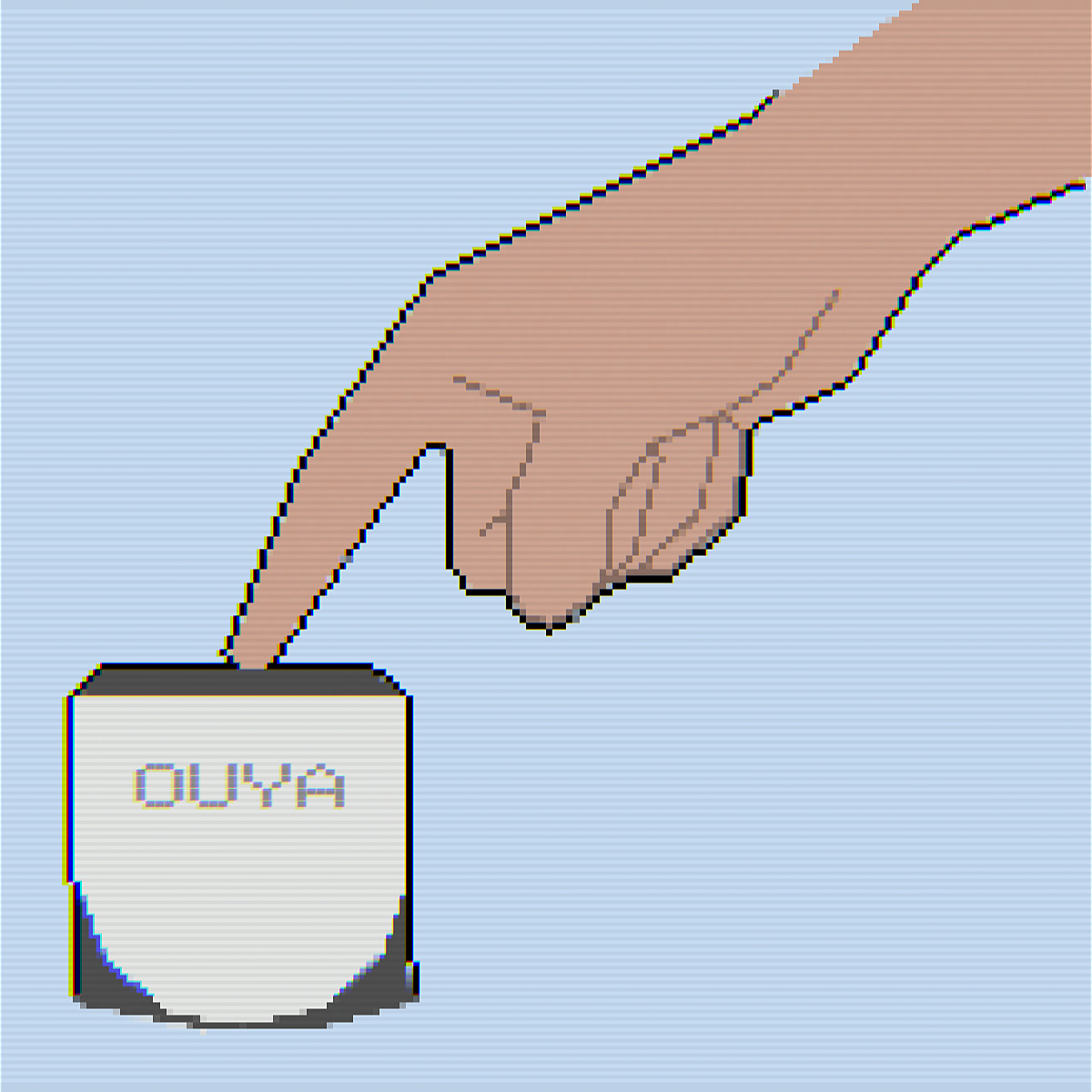The times are changing in the video game industry and it appears they are changing fast.
If consumers were witness only to the seismic shift from physical to digital products, that would be one thing. Companies like Microsoft, Nintendo, and Sony have been altering their service platforms for years now to address the increasing demand for downloadable content to either replace or at least reach parity with the up-till-now unquestioned store-bought, hard copy business model. In the past year or so, however, gamers have begun to see changes not only in how they get their video games but also how those games are actually made.
In February, 2012, video game developer Double Fine Productions announced their upcoming title Double Fine Adventure by way of a Kickstarter project, opened for the purpose of producing an entirely consumer-funded video game. The developer offered an unprecedented behind-the-scenes documentation of the production process, along with a myriad of tempting bonuses (including, at the highest tier level of donation, lunch with the Double Fine bigwigs) for those who pledged to support the project.
“You know how they say you don’t want to see how the sausage gets made?” asks Double Fine founder Tim Schafer in his initial Kickstarter video. “We’re going to show you how the sausage gets made. We are going to take our sausage and shove it in your face, warts and all.”
For those unfamiliar, Kickstarter is an online platform in which people can post profiles for creative projects in need of financing. Whether it be a book, a film, an album, or even a game, Kickstarter affords independent projects the opportunity to grow by way of something called crowd funding. To put it simply, interested parties will browse Kickstarter projects (thousands upon thousands have been launched since the site went live) and if they find something they like they can choose to pledge an amount of funding toward it.
What makes Kickstarter such an appealing option for project runners and funders alike, however, is that the barrier to entry is typically quite low. The average low-end Kickstarter pledge tier sits somewhere in the $10 to $20 range, and most often includes at least one copy of whichever product is being produced.
By the time Double Fine’s project had reached its final pledge date, the cult favourite developer had exceeded its minimum funding goal by over 700 per cent, drawing an astonishing US $3,336,371 for the in-development point and click adventure game.
Within the ever-changing landscape of the video game industry, Double Fine’s recent grassroots success story is matched perhaps only by fellow Kickstarter project, the Ouya.
Now, it’s one thing to generate the bloated budget of a video game through crowd funding, but it’s another thing entirely to use this same model to produce a modern game device. This is exactly what Julie Uhrman and her team at Boxer8 have set out to do with the Ouya; a soon-to-be-released console that runs on a version of the Android operating system, designed with openness and customization in mind as key pillars of the user experience.
The team behind the Ouya has made a lot of promises about their system (each game will be free on some level, applications can be designed from your living room, etc.) and so far fans of the project have been more than willing to go along for the ride, pledging a near-record US $8,596,474 to guarantee each funder a certain level of inclusion in the whole process.
Currently, the 8.5 million (generated by over 63 thousand backers) stands as the second highest amount ever funded to a Kickstarter project.
Kickstarter now hosts a bevy of as-yet incomplete video game projects; some of them are absolute triumphs that deserve to be lauded for their ingenuity, while others are complete garbage that should have never seen the light of day. Somewhere in the middle, between genius and garbage, sits the possible future of the game industry. It is a future in which the consumers have a real impact and sense of involvement with the products they love so dearly.
Never before has “voting with your dollar” had such a tangible meaning.





